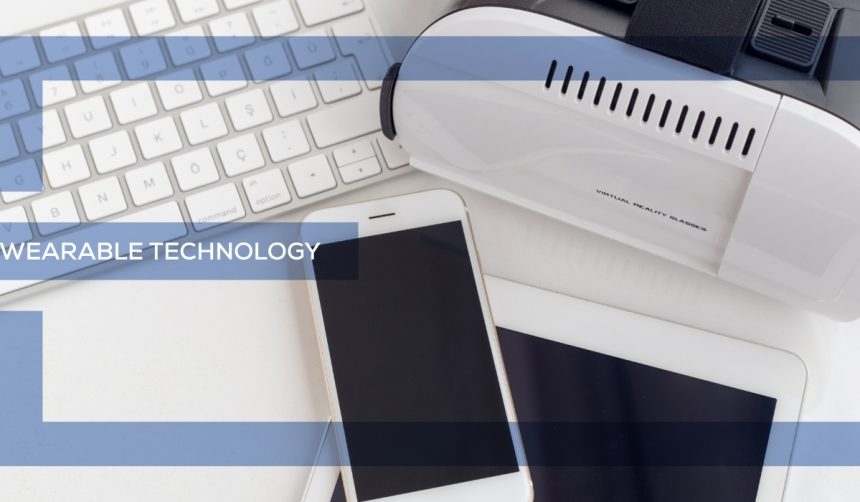Smartwatch shoppers searching for affordable choices have new options as Amazfit introduces its Bip 6 model, combining standard health tracking with some advanced features. Priced for accessibility, this release draws attention from technology enthusiasts and casual consumers alike. Unlike some previous entries in Amazfit’s product line, this device targets users who prioritize essential functions within a compact and lightweight design. Sales strategies for budget wearables continue to diversify, with Bip 6 positioning itself as a contender among alternatives.
Earlier models from Amazfit, such as the Bip U and Bip 3 series, emphasized a similar balance of affordability and functionality, though they received mixed reviews regarding sensor accuracy and application integration. Subsequent updates improved software stability, but some functions remained behind premium competitors. The Bip 6 builds on this pattern, offering health features now standard in the category with a few enhancements. When set beside the data available from competing brands like Xiaomi or Realme, the Bip 6 arrives with comparable battery life and a focus on simplicity, which distinguishes it from more expensive lines. Its launch reflects ongoing efforts by wearable companies to address gaps in low-cost device offerings without overcomplicating the user experience.
What Features Does Amazfit Bip 6 Offer?
Amazfit Bip 6 includes SpO2 measurement, heart rate monitoring, and sleep tracking among its health features. A 1.69-inch display, Bluetooth 5.2 connectivity, and over 60 sports modes further characterize its functionality. The device’s battery can last up to 14 days, catering to daily routines and active lifestyles. As the company emphasized,
“We designed Bip 6 to keep essential tools within reach for everyone without compromising ease of use.”
Users can also expect basic notification syncing and compatibility with the Zepp App for centralized data management.
How Is Durability and Usability Addressed?
The Bip 6 employs a lightweight plastic frame to achieve comfort for prolonged wear. Its water resistance rating of 5 ATM secures its role in fitness and outdoor activities. Visual clarity is supported by the touchscreen’s 240×280 pixel resolution, and the device offers customizable watch faces. Amazfit representatives reinforced the value proposition, stating,
“Our latest release underscores the commitment to functional, accessible technology for everyday users.”
How Does Bip 6 Compete in the Current Market?
Competition in the budget smartwatch segment remains strong, fueled by frequent innovations and consumer demand for affordable wellness technology. The Bip 6 addresses this by emphasizing a practical approach to daily health metrics, aiming to satisfy those disinterested in more complex smartwatch ecosystems. Its release fits into a wider market trend toward stripped-down yet effective devices, lending it relevance in a crowded field.
Selecting a wearable device often involves examining durability, software support, and daily performance, all of which the Bip 6 aims to balance without excessive complexity. Consumers can benefit from a device that prioritizes core health features, compatibility, and affordability. Continued competition across brands suggests users will likely see further advancements and reductions in pricing as technology matures, making it practical to reassess their needs with each new product cycle. For users intending to track basic health data with minimal distraction, options like the Bip 6 can be an economical entry point into wearable technology and may set expectations for future releases in the segment.










